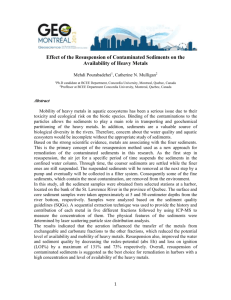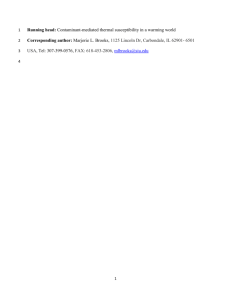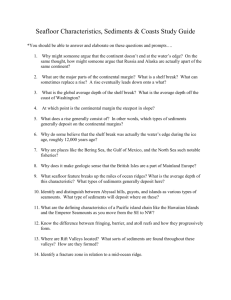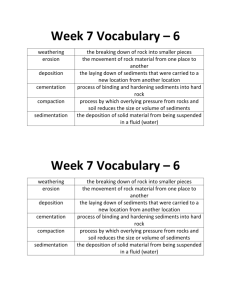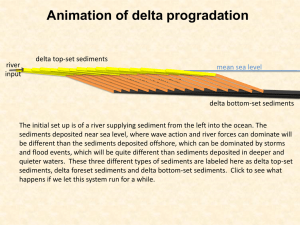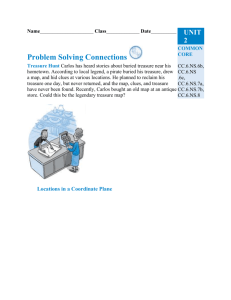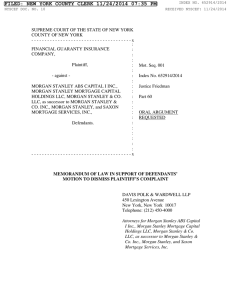CRITICAL REVIEW OF THE ASSESSMENT OF METAL
advertisement
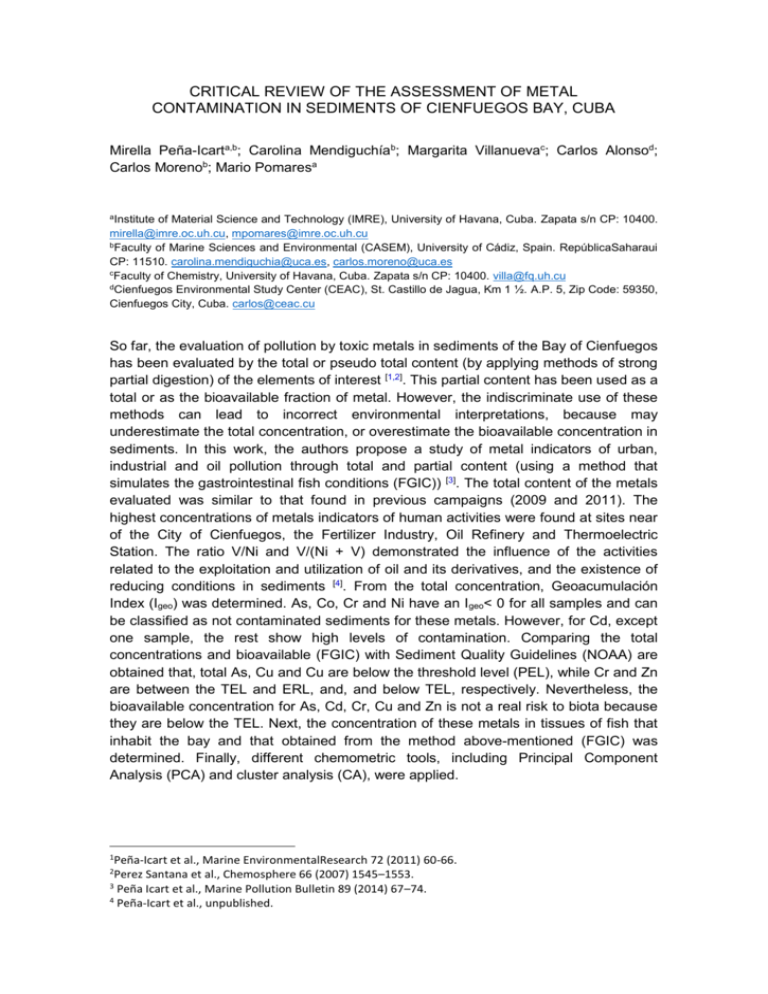
CRITICAL REVIEW OF THE ASSESSMENT OF METAL CONTAMINATION IN SEDIMENTS OF CIENFUEGOS BAY, CUBA Mirella Peña-Icarta,b; Carolina Mendiguchíab; Margarita Villanuevac; Carlos Alonsod; Carlos Morenob; Mario Pomaresa aInstitute of Material Science and Technology (IMRE), University of Havana, Cuba. Zapata s/n CP: 10400. mirella@imre.oc.uh.cu, mpomares@imre.oc.uh.cu bFaculty of Marine Sciences and Environmental (CASEM), University of Cádiz, Spain. RepúblicaSaharaui CP: 11510. carolina.mendiguchia@uca.es, carlos.moreno@uca.es cFaculty of Chemistry, University of Havana, Cuba. Zapata s/n CP: 10400. villa@fq.uh.cu dCienfuegos Environmental Study Center (CEAC), St. Castillo de Jagua, Km 1 ½. A.P. 5, Zip Code: 59350, Cienfuegos City, Cuba. carlos@ceac.cu So far, the evaluation of pollution by toxic metals in sediments of the Bay of Cienfuegos has been evaluated by the total or pseudo total content (by applying methods of strong partial digestion) of the elements of interest [1,2]. This partial content has been used as a total or as the bioavailable fraction of metal. However, the indiscriminate use of these methods can lead to incorrect environmental interpretations, because may underestimate the total concentration, or overestimate the bioavailable concentration in sediments. In this work, the authors propose a study of metal indicators of urban, industrial and oil pollution through total and partial content (using a method that simulates the gastrointestinal fish conditions (FGIC)) [3]. The total content of the metals evaluated was similar to that found in previous campaigns (2009 and 2011). The highest concentrations of metals indicators of human activities were found at sites near of the City of Cienfuegos, the Fertilizer Industry, Oil Refinery and Thermoelectric Station. The ratio V/Ni and V/(Ni + V) demonstrated the influence of the activities related to the exploitation and utilization of oil and its derivatives, and the existence of reducing conditions in sediments [4]. From the total concentration, Geoacumulación Index (Igeo) was determined. As, Co, Cr and Ni have an Igeo< 0 for all samples and can be classified as not contaminated sediments for these metals. However, for Cd, except one sample, the rest show high levels of contamination. Comparing the total concentrations and bioavailable (FGIC) with Sediment Quality Guidelines (NOAA) are obtained that, total As, Cu and Cu are below the threshold level (PEL), while Cr and Zn are between the TEL and ERL, and, and below TEL, respectively. Nevertheless, the bioavailable concentration for As, Cd, Cr, Cu and Zn is not a real risk to biota because they are below the TEL. Next, the concentration of these metals in tissues of fish that inhabit the bay and that obtained from the method above-mentioned (FGIC) was determined. Finally, different chemometric tools, including Principal Component Analysis (PCA) and cluster analysis (CA), were applied. 1 Peña-Icart et al., Marine EnvironmentalResearch 72 (2011) 60-66. Perez Santana et al., Chemosphere 66 (2007) 1545–1553. 3 Peña Icart et al., Marine Pollution Bulletin 89 (2014) 67–74. 4 Peña-Icart et al., unpublished. 2
